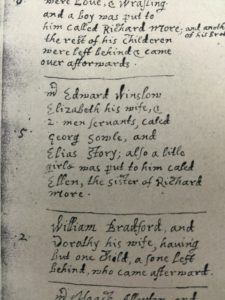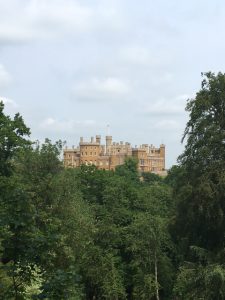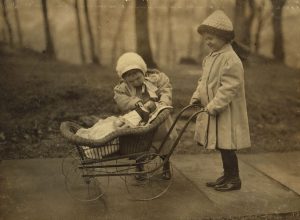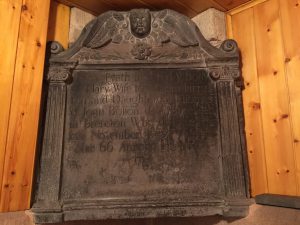
Growing up in Westerly, Rhode Island, a town in which more than 30% of residents identify as having Italian ancestry, I was always surrounded by Italian culture.[1] To this day, many people from other towns are surprised to hear that my high school offered Italian language courses, a fairly uncommon option. Even fewer had heard of Soupy, the nickname for soppressata, the cured meat which originated in Calabria that hangs in the basements and attics of Westerly residents during certain times of the year. (The meat curing process requires outdoor temperatures of 45 to 55 degrees Fahrenheit.)[2] Continue reading Italian emigration to one Rhode Island town








